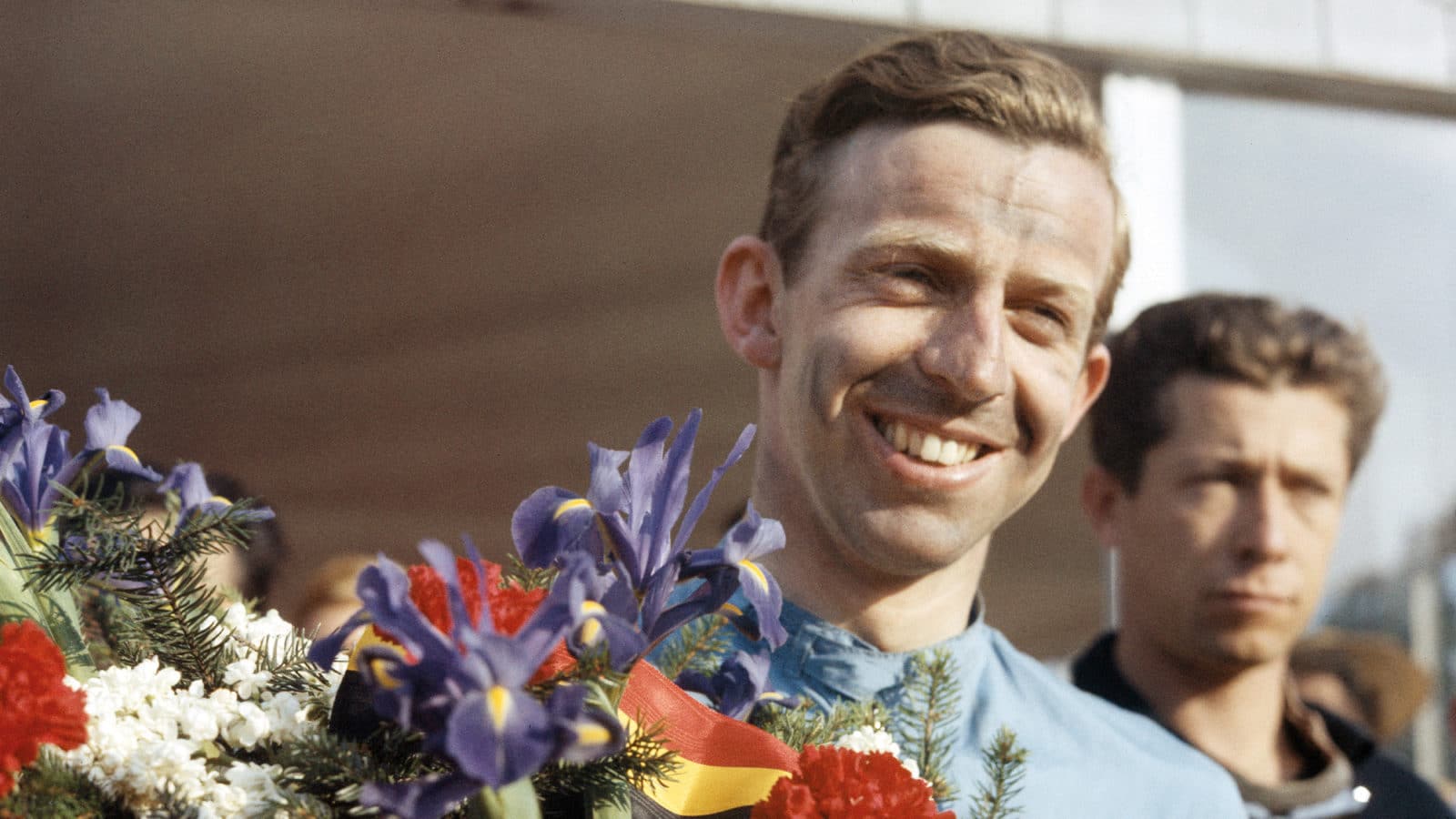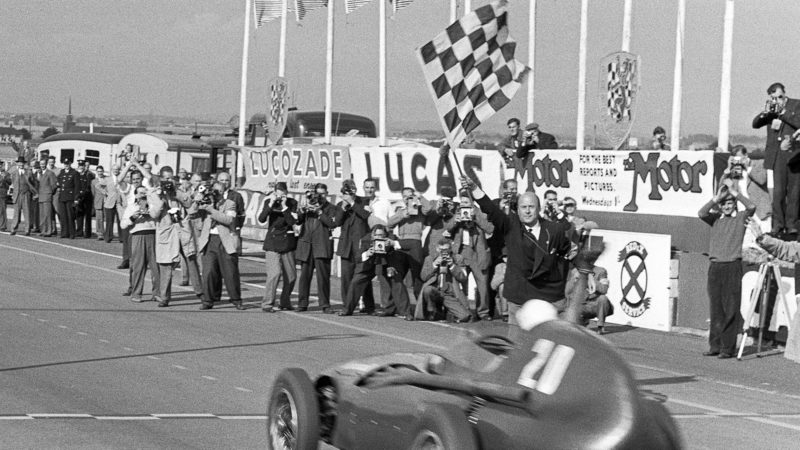Tony Brooks: last of the '50s greats
With the dangers of top-level racing in the mid-20th century, this underrated British driver worked to a survival plan. And yet, as Mark Hughes says, he was often the finest on the grid

Tony Brooks’s debut solo F1 win came at Spa in 1958, although he had a stroke of fortune: his gearbox tightened on the finish
The Klemantaski Collection
Tony Brooks, who died on May 3, aged 90, was one of the truly great F1 drivers. From his debut win in the 1955 non-championship Syracuse Grand Prix for Connaught and through his years with Vanwall (1957-58) and Ferrari (’59), he was a giant of a driver. On his day he could reduce everyone else to bit-parts, even the great Stirling Moss, his team-mate at Vanwall.
“There are drivers with much greater reputations than Tony who couldn’t hold a candle to him,” Moss said once when I was interviewing him about his greatest rivals. “He is the most underrated great driver of them all. In style he was very much like Jim Clark, very effortless. But he didn’t have that competitive need to be always running at the front – which I did.”
Which was all that separated them, really. A highly intelligent man, he was very attuned to just what a lethal activity he was taking part in and he would never – ever – stretch his luck, never push on if he didn’t feel totally secure in the car and the circumstances. But when those boxes were ticked he was often quite sublime. His pace around the 14-mile Nordschleife at the Nürburgring was habitually surreal. Sadly it was in trying to keep up with him there that Peter Collins fatally crashed his Ferrari in the 1958 German Grand Prix.
“He might have won the 1959 title but insisted on pitting”
Brooks rose to prominence at the non-championship Syracuse Grand Prix in 1955 when, having raced sports cars for Connaught earlier in the year, he was given a call by the British manufacturer to represent them, and duly won the race, the first international grand prix win for a British car in over 30 years at the time.
In an era where mechanical reliability was less assured than it is today, a frustrating 1956 spent with BRM yielded a non-start and a retirement from Brooks’s two entries, but a move to Vanwall for 1957 was rewarded with his first podium on the streets of Monte-Carlo, then his first win at the British Grand Prix in Aintree. The next two seasons would be his most successful in the sport, first finishing third behind compatriots Mike Hawthorn and Stirling Moss in 1958, before that run to second behind Jack Brabham with Ferrari in 1959.
He signed off his career with a podium at the inaugural United States Grand Prix held at Watkins Glen in 1961, retiring aged just 29 years old to focus on family life and the growth of his garage business back home.

Moss wins the 1957 British Grand Prix in the Vanwall he shared with Brooks
Getty Images
Back in the late 1990s I’d been commissioned to compile a list of the greatest drivers of the century which ran in Motor Sport in a countdown sequence through several issues, with a paragraph summary of each entry. In the Tony Brooks entry I mentioned that he didn’t have this need to be running at the front regardless, but that he was supremely naturally gifted.
To my delight, I received a letter from the great man himself further explaining that position – not that he needed to justify it. “I always felt that to push against the odds back then was to invite the men in white coats to come and take you away,” he said. The points were made with charm and humour and over the years we came to communicate quite regularly.
He met his future wife Pina Resegotti in Italy when he was racing. She was a champion basketball player. They stayed together for the rest of his life and I had the privilege of sitting with them nine years ago at an awards dinner and they were both such lively minds. He was fully up to the minute in the latest F1 scene and held strong opinions on whatever the current controversies were – and he advocated his points with charm but steely conviction, refusing to be browbeaten by a more recent grand prix winner’s strident views on matters. It was great listening to the volleys and return serves, and throwing in the odd hand grenade just to keep it lively. He definitely won on points that night.
He might have won the 1959 Formula 1 world championship for Ferrari on points too – but insisted on pitting at the end of the opening lap at Watkins Glen for a damage check after his car had been hit at the start by team-mate Wolfgang von Trips. He was just not prepared to risk his life in a car which may have been damaged. It turned out the car was perfectly fine and he raced from last to a superb third place, showing pace which suggested he could have dominated the proceedings, but it was insufficient for the title, which went Jack Brabham’s way instead.
But while his name may not ring the bells it should really warrant in recognition of the extraordinary level he could reach, drivers of a certain age with an appreciation of history always held him in awe. The great Mario Andretti once described him as “the greatest of the great”. That’s how good Tony Brooks was.
